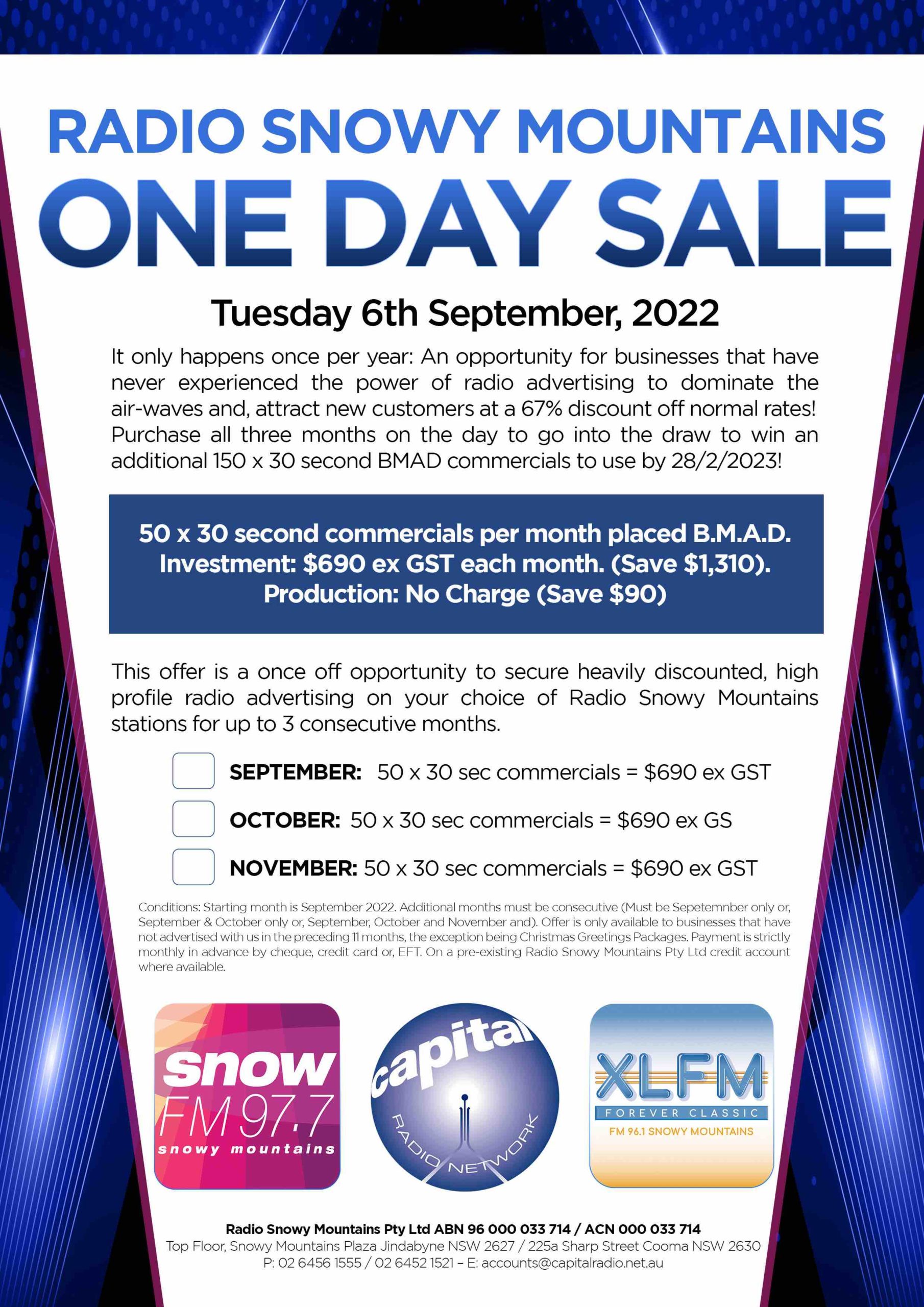
Food and Drug Administration regulates drugs and food in the United States. The agency's mission is to protect the public from unsafe products and ensure the safety of medicines and medical devices. The agency was established at the dawn of the 20th century. However, its regulations for drug advertising did not change until the late 1960s.
While the FDA is an important body, it is not the only authority in the United States when it comes to regulating drug advertising. Many countries around the globe have banned or restricted drug advertising.
Although the FDA doesn't prohibit direct-to consumers advertising of prescription medications in the United States, it does require advertisers to follow certain rules. These rules include not claiming specific medical benefits or exaggerating side effects and not providing misleading information. Drug companies must make clear disclosures about all the risks and benefits associated with their products.

Television ads are one of many effective ways for drug companies get people to try their drugs. These ads usually feature clever video productions, music, and are meant to make people feel excited about the medication. These ads can influence people to purchase expensive medications by urging them to "ask their doctor" about the product.
Merck's Vioxx, an Anti-Inflammatory Drug from Merck, was earning $2.5B in annual sales by 2000. It was advertised in a 60-second spot featuring Dorothy Hamill (figure skater). But the FDA was unable to prevent Merck from putting the drug on the market. That's because the company had to prove that it could make "substantial evidence" that the medicine was effective.
The American Medical Association also opposes drug commercials. It claims that they increase the risk of people taking expensive medications and cause them to switch to lower-priced brands. Pharmaceutical corporations say that the revenue from these ads helps them continue to develop new medicines, and that they do not want to spend money scaring people off of expensive medicines.
FDA's ad rule has changed. In fact, some of the agency's policies have been relaxed, especially in regard to TV ads. The FDA had previously required that companies disclose certain information when advertising before the study was done. The FDA requires that a television advertisement for a drug be shown with a 1-800 number. The FDA also required that all ads include a complete list of possible adverse health effects.

A study was done to evaluate the effect of anti-drug ads on students in middle and high schools. In particular, the researchers investigated the relationship between antidrug commercials on television and drug usage, attitudes toward drug addiction, and beliefs and fears about drug use. The results were different depending on grade.
High school students were more likely to recall anti-drug ads than middle school students. The number of anti-drug ads that were shown to youth was significantly lower in 1997 than 1995. Furthermore, there was a significant correlation between recall of anti-drug television advertisements and marijuana-focused anti-drug advertising. Additionally, there was strong correlation between the amount anti-drug advertising youth saw and their substance use attitudes.
FAQ
Why should you use social media to promote your business?
Social Media Marketing (SMM) allows you to reach customers where they are - on social networks such as Facebook, Twitter, LinkedIn, YouTube, Google+, etc. You can also target specific audiences within these networks by using keywords.
This advertising method is much more affordable than traditional marketing methods because it costs less to market online. It also allows you to build strong relationships with your current and potential clients.
It's easy to start using social media to promote your business. All you need to get started with social media is a smartphone or a computer, and an internet connection.
What is affiliate marketing?
Affiliate marketing is an internet business model in which you refer customers to other products and services. The product owner pays you for each person who buys from you.
Referrals are the foundation of affiliate marketing. For people to purchase from your site, they don't need anything extra. You just need to refer them to our website.
You don't have to sell anything. Selling is as easy as buying.
In minutes, you can also set up an affiliate account.
The more you refer people, the more you'll receive commission.
There are 2 types of affiliates.
-
Affiliates who have their own websites
-
Affiliates who work in companies that offer products or services.
What do you need to know about internet advertising?
Internet advertising is a key part of any business strategy. It allows businesses to reach potential clients at a low price. There are many options for internet advertising. Some are free, while others require payment.
There are also several ways to advertise on the internet, including banner ads, pop-up ads, search engine optimization (SEO), pay-per-click (PPC) advertisements, social media marketing, e-mail marketing, and mobile marketing. Each method has its pros and cons.
What is the primary purpose of advertising?
Advertising isn't just about selling products. It's also about creating an emotional connection among your customers and you.
Advertising is about communicating your ideas and values to people who already care about what you have to say. Advertising is about changing minds and attitudes. It's about building trust.
It's all a matter of making people feel good.
However, if your customers don't want what you have to offer, you won't be able to sell anything.
It is essential to first understand the needs and purchasing habits of your customer before you embark on any advertising project.
You can then design ads that resonate with them.
How do I choose my target audience?
Begin with you and your closest friends. If you don’t know where or how to start, ask yourself "Whom are I trying to reach?"
Ask yourself these questions: Who are the most influential people in my industry? What are their daily problems? Who are my top-ranking people? Where do they hang out online?
Take a look back at how you started your company. What was your motivation for starting? How did you solve the problem?
These questions will enable you to identify your ideal client. This will allow you to learn more about your ideal customers and their motivations for buying from you.
For clues on who your competitors cater to, check out their websites and social media pages.
Once you have identified your target customer, you need to decide the best channel to reach them. You might, for example, create a website to target home buyers if you offer services to real-estate agents.
If you provide software to small businesses, you could develop a blog targeting those companies' owners.
A Facebook page for teens could be set up if you are a clothing seller. A Twitter account could be set up by restaurant owners to allow parents to search for places that are kid-friendly.
The point here is that there are many ways to get your message across.
What is branding?
Branding is how you convey who you really are and what you believe in. It's how you make people remember you when they hear your name.
Branding refers to creating a brand that is memorable for your company. A brand is not just a logo but also includes everything from your physical appearance to the tone of voice used by employees.
A strong brand makes customers feel more confident about buying from you. They also feel more confident choosing your products than those from competitors.
Apple is a good example of a company that has a strong brand. Apple's brand is well-known for its stylish design, high-quality products and outstanding customer support.
Apple's name has become synonymous for technology. People think of Apple whenever they see a computer or smartphone.
If you're considering starting a new business, you should consider developing a brand before launching. This will give your brand a personality.
What do you need to know about print advertising?
Print advertising can be a powerful medium for communicating with customers. Many companies use it to promote products and services. Its main purpose is to grab the attention of consumers.
Print ads are usually short (one page) and contain text, pictures, logos, and other graphics. You may also find sound, animation, video and hyperlinks.
The following are the main types print advertisements:
1. Brochures - Large format printed brochures are used to draw people in to stores. Brochures often feature eye-catching designs and colorful photos.
2. Catalogues – These are smaller versions to brochures. They are typically sent to customers who have requested information on specific items.
3. Flyers – These are tiny pieces of paper distributed at events like concerts or fairs. They can be given at retail outlets but must be paid for.
4. Posters – These are larger versions for flyers. They are displayed on walls, fences, and buildings. They are usually made using computer software programs, which is designed to draw the eye of passersby.
5. Direct mail: These are postcards or letters that are sent directly by post to potential customers. These are sent out by companies to remind customers about their business.
6. Newspaper ads - These ads are published in magazines and newspapers. They are usually quite long and contain both text and images.
Statistics
- It collects money from the advertisers, keeps 32% for its role in facilitating the process, and the remaining 68% goes to the publisher (you). (quicksprout.com)
- Worldwide spending on advertising in 2015 amounted to an estimated US$529.43 billion. (en.wikipedia.org)
- Google will display whichever ad type (CPM or CPC) is expected to earn more revenue for the publisher, which is in Google's best interest since they take a 32% share of the revenue. (quicksprout.com)
- Nonetheless, advertising spending as a share of GDP was slightly lower – about 2.4 percent. (en.wikipedia.org)
External Links
How To
How can I advertise through Google?
AdWords allows companies to purchase ads based on specific keywords. Your account is the first step. First, you choose a campaign name. Next, you set the budget and select the ad type. Finally, add keywords. Then, you place a bid on the keywords. You only pay if someone clicks on your ads if they come from someone who searched for your targeted keywords. You get paid even if people don't purchase anything.
Google offers many tools to ensure your ads are successful. These include Ads Preferences Manager, Keyword Planner, Analytics, and Ads Preferences Manager. These will allow you to identify the best options for your company.
A keyword planner allows you to determine the best keywords to use in your campaigns. The keyword planner also helps you determine how much competition exists for specific keywords. This will allow you to decide whether you want to spend money bidding.
You can use Ads Preferences Manager to change settings like the maximum number of impressions per day and the minimum cost per click.
Analytics lets you track the performance of your ads and compare them to competitors. You can view reports that show how your ads performed in comparison to other ads.